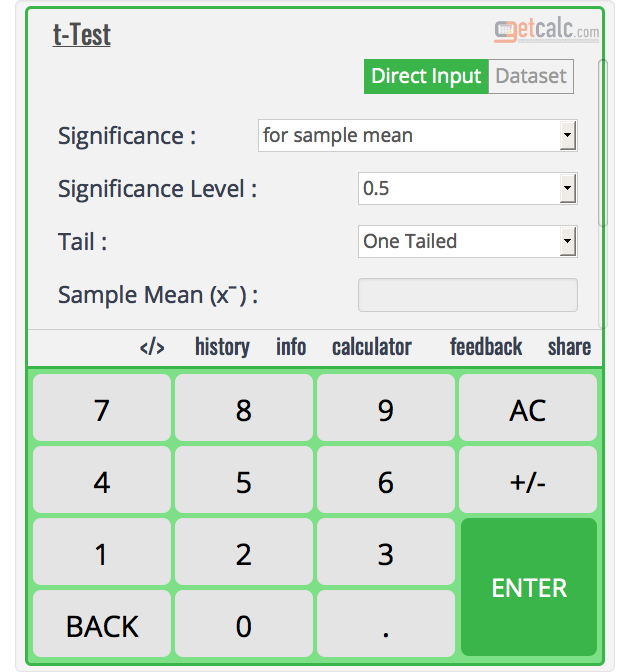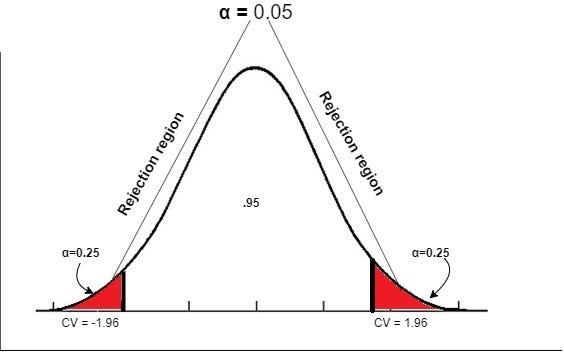
The term "error" refers to the difference between each value and the group mean.

The one sample t test assumes that all "errors" in the data are independent. Independent (values are not related to one another): The null hypothesis for a one sample t test can be stated as: "The population mean equals the specified mean value." The alternative hypothesis for a one sample t test can be stated as: "The population mean is different from the specified mean value." Like all hypothesis testing, the one sample t test determines if there is enough evidence reject the null hypothesis (H0) in favor of an alternative hypothesis (H1). Often, this designated value is a mean previously established in a population, a standard value of interest, or a mean concluded from other studies. This designated value does not come from the data itself, but is an external value chosen for scientific reasons. The one sample t test, also referred to as a single sample t test, is a statistical hypothesis test used to determine whether the mean calculated from sample data collected from a single group is different from a designated value specified by the researcher.

In this article you will learn the requirements and assumptions of a one sample t test, how to format and interpret the results of a one sample t test, and when to use different types of t tests.


 0 kommentar(er)
0 kommentar(er)
